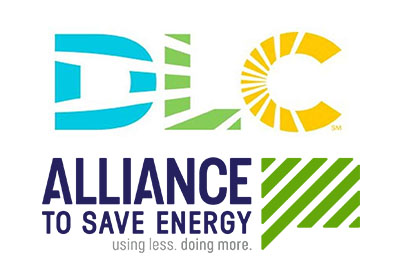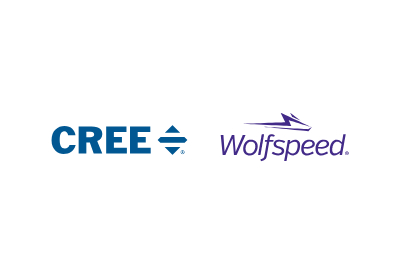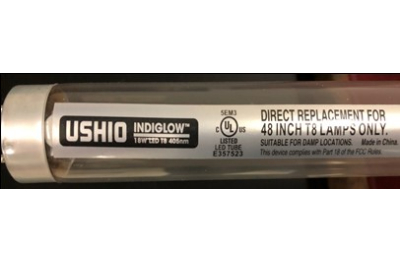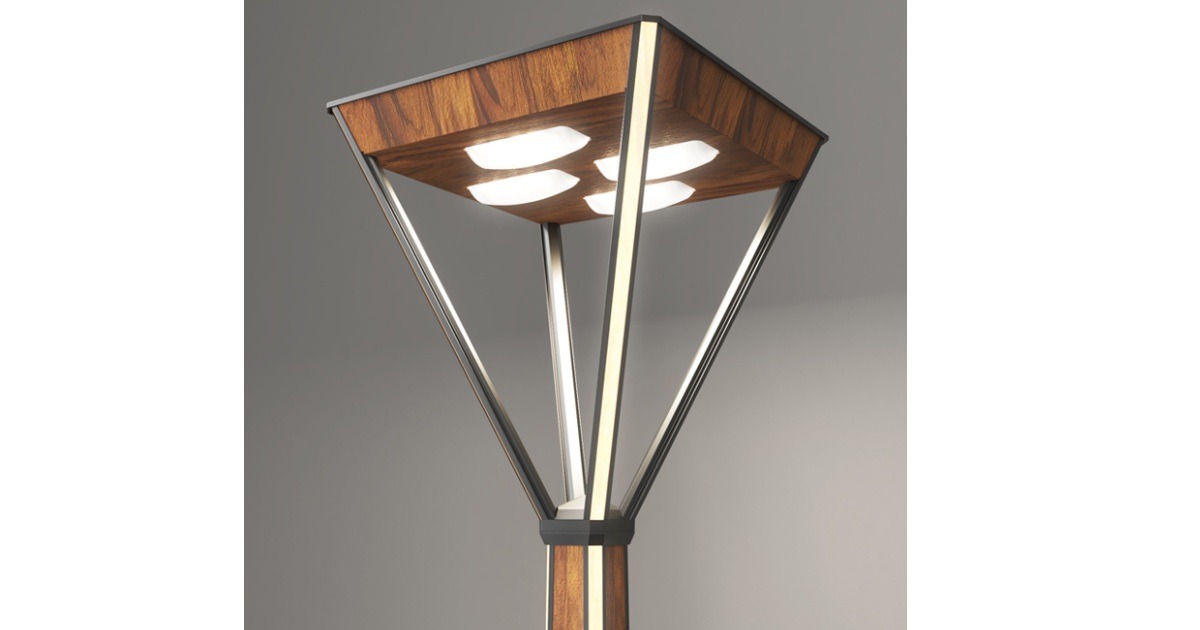New Research: C&I Lighting Lifetime and Peak Demand Analysis

Nov 20, 2019
Limitations of state efficiency policies routinely result in understated energy savings potential of lighting systems, and particularly advanced lighting control technologies, inadvertently leaving substantial savings on the table, according to a new study released.
Efficiency programs that capitalize on system-level lighting efficiency measures – combining lighting technology upgrades with networked lighting controls (NLC) – could see an additional 22 percent lifetime energy savings on average, according to “Commercial & Industrial Lighting Lifetime and Peak Demand Savings Analysis,” a report published by the Alliance to Save Energy (funded by GE Current, a Daintree company) and the DLC. Additionally, the report provides a first-of-its-kind compilation of estimates related to peak demand impacts possible through such a systems approach – noting that peak savings available for targeting from C & I lighting technologies by 2035 could be over 37,000 megawatts.
Prepared by Energy Futures Group as a component of the Alliance’s Systems Efficiency Resource Hub project, the report focuses on the opportunity to update energy efficiency (EE) program rules and regulations. Noting that LEDs and NLCs are typically installed as a complete system, the report finds that programs tend to underestimate the savings potential of NLCs (an intelligent network of luminaires and control devices that permit programing, control, and monitoring of lighting in specific areas of a building). This underrepresentation is largely due to an oversized reliance on annual (first year) savings rather than lifetime energy savings potential, inconsistent savings assumptions for NLC impacts, and a tendency to calculate benefits without considering savings from NLCs installed with LED lighting projects as part of the same system.
The report recommends shifting EE programs toward designs and incentive strategies that “promote LED lighting and NLCs as a system,” which would align program design with actual practice, maximize savings and establish “a foundation for more advanced system-level interests such as grid-interactive efficient buildings.” Treating LEDs and NLCs as a system rather than separately, the analysis concludes, increases the lifetime savings of NLCs by 22 percent on average, thereby significantly improving the overall cost-effectiveness of commercial and industrial (C & I) lighting projects. In addition, the report recommends changing the focus from annual savings to lifetime savings, noting that this better represents the potential cost savings and environmental benefit of a measure.
“Networked lighting controls have major potential to reduce energy use and resulting carbon emissions, while providing a gateway to building intelligence, but that potential remains largely unrealized,” said Christina Halfpenny, Executive Director of the DLC, which published a 2018 study showing that NLCs can boost the energy efficiency of stand-alone LED commercial lighting projects by up to 47 percent. “With today’s report, we hope to help guide the design of utility efficiency programs that fully appreciate the value of NLCs to capture energy savings, reduce peak demand, and advance smart building goals.”
As an illustration of the potential compounded impacts from a systems-based approach, the report analyzes the opportunity for projects to shave peak demand, which is significant for both economic and environmental reasons. Energy efficiency measures that decrease peak demand can improve grid reliability, lower customer bills by reducing demand charges, and reduce reliance on peaking power plants which are expensive and often not clean energy sources.
“We have the technology to make our lighting far more efficient, but too often we’re leaving huge energy productivity savings on the table when we don’t make the investments to upgrade,” said Alliance to Save Energy President Jason Hartke. “This report shows that utility energy efficiency programs are under-valuing the long-term energy productivity savings and peak demand reductions that combined LED lighting and networked lighting controls in commercial and industrial buildings deliver. Utility energy efficiency program rules and regulations need to evolve to align with advances in technology and customer preferences to ensure that all customers benefit from cost-effective energy efficiency investments.”
Adding to this, Jeremy Yon of GE Current, a Daintree company, stated, “Buildings are already systems of systems and not a collection of discrete devices. This report highlights that network lighting controls and LEDs are complimentary assets when it comes to evaluating an investment while establishing the foundation for a host of additional non-energy values. It’s crucial that the conversation transitions from a siloed view of lighting and controls to one that is centered on the benefits of the integrated system.”
“C & I lighting programs, and the lighting industry in general, are at a crossroads,” the report concludes. “EE programs can follow the current path which is expected to realize decreasing C & I lighting energy savings moving forward. Alternatively, EE programs should be encouraged to adopt program strategies that emphasize and leverage a systems approach for LEDs and NLCs.”













